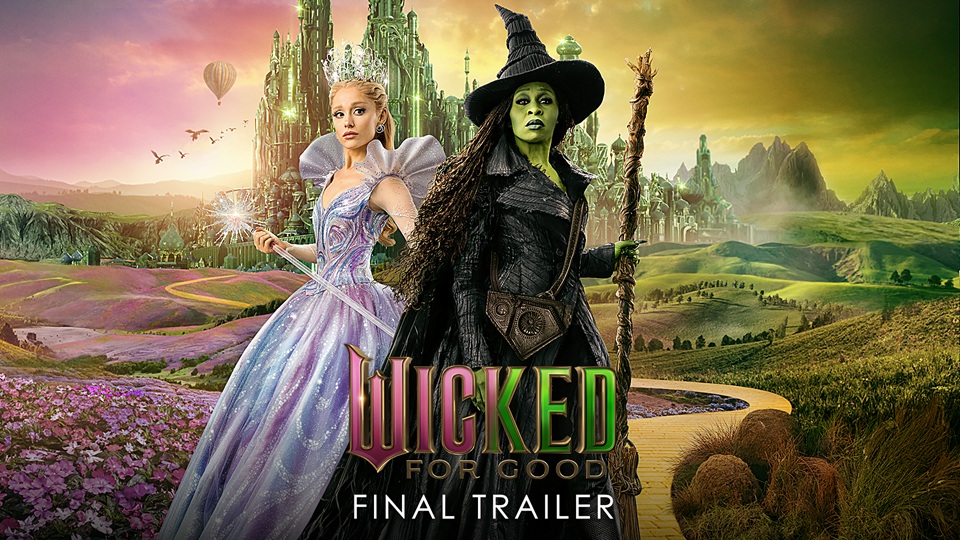Finding elements for a multicultural branding campaign that resonates with diverse audiences can be challenging. To help you navigate this process, we’ve gathered five best practices from founders and CEOs. From partnering with diverse influencers to ensuring cultural sensitivity, these experts share their insights on crafting a campaign that truly connects with your target audience.
- Partner With Diverse Influencers
- Include Target Audience Representatives
- Embrace Cultural Nuances
- Reflect Diverse Experiences
- Ensure Cultural Sensitivity
Partner With Diverse Influencers
Juliet Dreamhunter is a Founder and shares one of many elements for a multicultural branding campaign. “In creating a multicultural branding campaign, one effective strategy is to collaborate with diverse influencers. Handing over some freedom and narrative control to these creators can really pay off and result in genuine, meaningful customer engagement.
Influencers are intimately connected to their respective communities—they speak the language, and they know how to communicate authentically with their followers. When they infuse your campaign with their unique personality and perspective, it resonates more strongly with diverse audiences. It’s a powerful way to not just reach but truly connect with multicultural markets.”
Include Target Audience Representatives
Co-founder, Temmo Kinoshita, expresses the importance of including target audience representatives. “One of the most common mistakes companies make when creating multicultural branding campaigns is not involving representatives from the target audience. Having a multicultural branding campaign created only by people from outside of the audience you’re trying to reach is a recipe for disaster.
This might seem like basic advice, but far too many companies cut corners and skip this crucial step. If the people in the room making the campaign don’t look like your audience, you’ve got a problem.”
Embrace Cultural Nuances
Anirban Saha is a Founder and contributes another one of many elements for a multicultural branding campaign. “When creating a multicultural branding campaign, it’s crucial to understand and embrace the cultural nuances of the diverse audience you’re targeting. It’s important to do thorough research on the audience’s cultural values, beliefs, traditions, and language to ensure the messaging is culturally sensitive and respectful.
Using stereotypes or generalizations should be avoided at all costs. Authenticity is key, using genuine and relatable cultural representation in imagery, testimonials, or stories to appeal to diverse audiences.
Incorporating cultural cues like colors, symbols, and colloquial expressions that resonate with the audience can strengthen engagement and drive an emotional connection with the brand. A multicultural campaign that embraces cultural nuances will speak to diverse audiences while also promoting inclusivity.”
Reflect Diverse Experiences
Founder, Basana Saha, reveals the significance of reflecting diverse experiences. “It’s essential to create a multicultural branding campaign that genuinely reflects diverse audiences’ experiences and cultures. It means being sensitive to cultural nuance while avoiding stereotypes and tokenism.
Start by ensuring that your marketing and creative teams are diverse and equipped to understand and communicate effectively with all audiences. Use language and images that celebrate diversity and inclusion and reflect different cultures’ traditions and values. Finally, be authentic in engaging with communities and listening to feedback to create campaigns that resonate with diverse audiences.”
Ensure Cultural Sensitivity
Vikrant Shaurya is a CEO and provides the last of the 5 elements for a multicultural branding campaign. “A key practice in creating a multicultural branding campaign is to embrace cultural sensitivity and authenticity. Understanding and respecting cultural nuances can help resonate with diverse audiences.
This involves thoroughly researching different cultures and traditions to gain insights into what values, aesthetics, and narratives connect with them. Cultural appropriateness in branding elements like logos, color schemes, language, and imagery is crucial.
However, it’s essential to avoid stereotyping and ensure representation is genuine, respectful, and accurate. Instead of treating cultures as monoliths, acknowledge their diversity. Engaging local cultural consultants or teams can help ensure authenticity and avoid cultural missteps.
Finally, consistent communication that aligns with the identified cultural nuances can create a brand that diverse audiences trust and identify with.”
—————-
Special thanks to Featured for their continued help in the creation of this blog post. Click below for more strategies from the Nativa team regarding Online Marketing.




